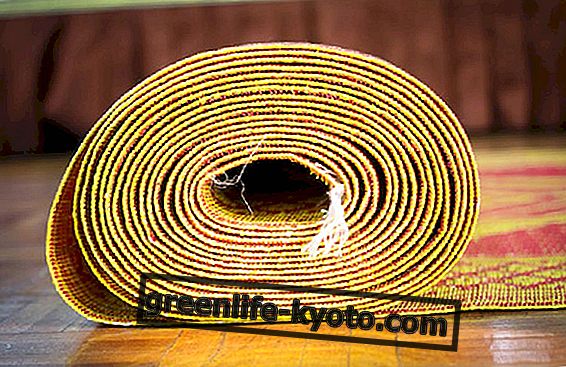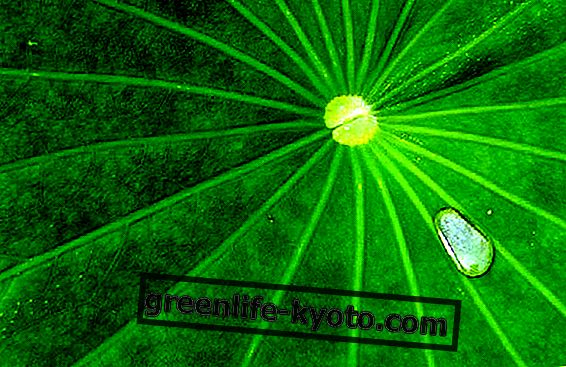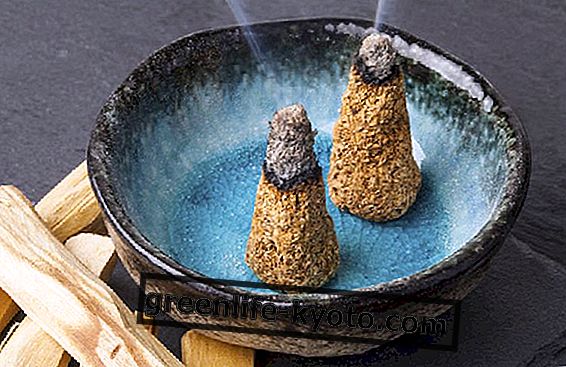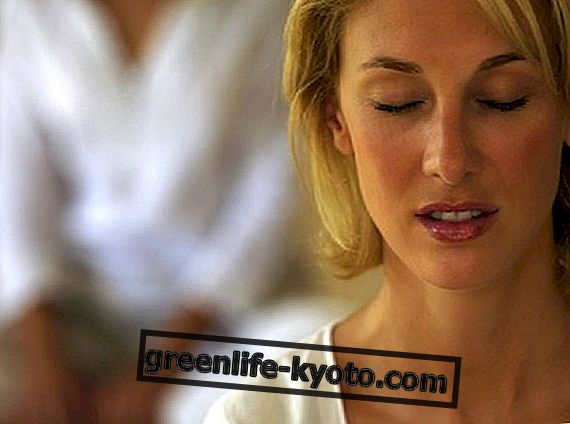
If lately the fashion of accessories in yoga has spread, in the beginning it all came down to him, the mat.
When bricks and belts were not even assumed, a simple mat, a rug, a cloth lying on the ground were all necessary to undertake the path of practice.
So let's go back to the origins and study the simplest - and most useful - among yoga tools!
The mat in yoga: a practical use
Nowadays, there are mats designed specifically for yoga with an incredible variety of genres. Super cheap or very expensive, simple or extremely refined, spartan or chic, you can find all tastes and prices.
The purpose of this accessory is clear: it is useful to avoid direct contact with the cold floor, to cushion its hardness and to ensure a greater degree of hygiene (especially if it is personal). The grandeur of the existing commercial proposal allows then to choose one that fully meets our needs, especially in terms of thickness and material.
The mat is therefore mainly used in ground positions, which are very many, both lying down and sitting. Especially in some delicate cases (like the elderly, for example), having a good "base" on which to rest the body can really make the difference to enjoy your practice. Even the final relaxation can be greatly enhanced compared to lying on the bare floor.
This accessory can also be useful for standing positions because it prevents the feet from slipping, for example in all variants of the triangle. It provides a firm grip on the support points (if you have the foresight to choose a non-slip one) which improves the comfort of the position you are performing.
The only situation in which the mat can be annoying is in the balance asanas on one foot : many yogis prefer direct contact with the ground and, although non-slip, they feel more comfortable resting their feet on the floor.

The mat in yoga: symbolic aspects
After examining the technical uses, we move on to the deepest meanings. The mat is not a mere object, but, for many practitioners, it represents a symbol: unrolling it, positioning it, sitting on it, are all steps in a ritual that takes you away from everyday life and immerses you in practice.
They are actions that every yogi manages according to his own way, especially if he decides to practice outside the canonical hours at a center. Going to the park with a rug on your shoulder, looking for a secluded corner and relaxing your mat is a bit like planting a tent, building a special place of peace.
Even in the home or at the yoga center you attend, the feeling should be just that: sitting on the mat means entering your own temple, taking refuge in the enchanted garden that exists within you. The practice begins already at that moment, beyond every asana.
Precisely for this reason, we invite you to choose one that, without indulging in consumerism or fashion, satisfies personal taste in terms of color and material: in the end you are choosing the pillow on which your yoga experience will rest, a companion who will be faithful to you for a long time.













